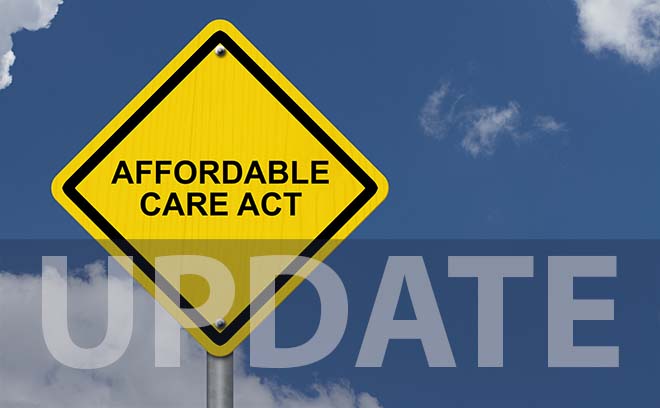IRS Sets 2024 ACA Affordability Guidelines
Last Updated on October 15, 2023
As 2024 open enrollment approaches, employers need to note a crucial update in the Affordable Care Act (ACA) affordability guidelines, as outlined in the recently published IRS Revenue Procedure 2023-29. The ACA affordability threshold is being reduced to 8.39% for 2024, down from 9.12% in 2023. This adjustment means the maximum premium Applicable Large Employers (ALE) can charge employees under ACA is 8.39% of their household income.
What is an Applicable Large Employer (ALE)?
Applicable Large Employers are defined under the ACA as those having over 50 full-time equivalent employees in the previous year. Under the ACA, ALEs are required to offer full-time workers insurance that meets “minimum value” and is “affordable”. Failure to offer coverage that meets these requirements can lead to penalties for the company.
Affordable Care Act Affordability Safe Harbors
The affordability requirement is based on the lowest cost employee-only coverages in the employer’s health plan that is offered to the employee. Therefore, to avoid penalties, it is imperative the employee’s contribution for that plan does not exceed 8.39% of household income in 2024.
With employees having different wages and the difficulty in determining household income, it can become cumbersome for employers to calculate the affordability clause for each employee. Therefore, the IRS offers three safe harbors employers can utilize to determine affordability:
Federal Poverty Line (FPL) Safe Harbor: This safe harbor is satisfied when the employee’s premium share is less than the prescribed IRS percentage of the FPL for a single person for that year. In 2024, this is measured as 8.39% of the prevailing FPL, which is $14,580 in the mainland U.S, translating to a monthly payment of $101.94, a slight reduction from 2023’s $103.28.
Rate of Pay Safe Harbor: This safe harbor determines the coverage as affordable if the employee’s premium share is not greater than the monthly wages multiplied by the IRS-specified percentage. The monthly wages are derived from the employee’s hourly rate multiplied by 130 for hourly workers, while the monthly salary is considered for salaried individuals.
W-2 Safe Harbor: This is met when the premium share of the employee does not go beyond the yearly IRS stipulated percentage of the employee’s W-2 wages from that employer for that year. The W2 Safe Harbor tends to be used most when an employer has a salaried employee base whose W-2 wages are easily estimated.
Why Compliance Matters
Non-compliance with the affordable coverage requirement for one or more full-time employees can trigger a penalty. The penalty is incurred when the coverage meets the “minimum value” requirement but is deemed not affordable, and the employee opts for subsidized marketplace coverage. The penalty, which adjusts with inflation, is set at $4,460 for 2024, calculated monthly but stated as an annual figure. Therefore, the penalty would be $371.67 for each month an employee does not meet the requirement and they have subsidized marketplace coverage. You can learn more about year end Affordable Care Act reporting guidelines in our ACA Reporting Year End Guidance.
MyHRConcierge Provides Affordable Care Act Solutions
MyHRConcierge offers a wide variety of efficient and compliant ACA reporting solutions. Contact us today to learn more at ccooley@myhrconcierge.com, 855-538-6947 xt 108 or schedule a convenient time for you below:

